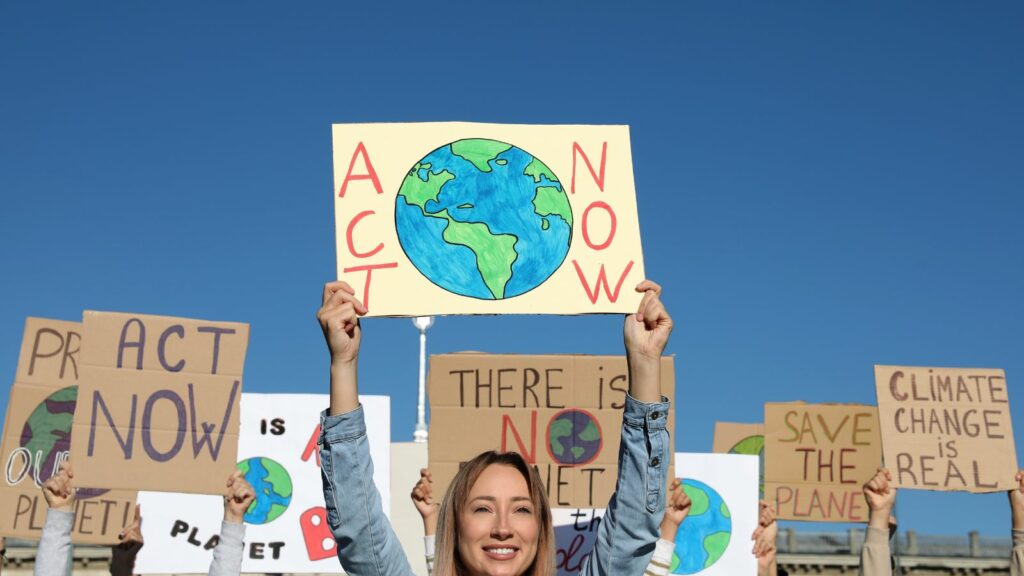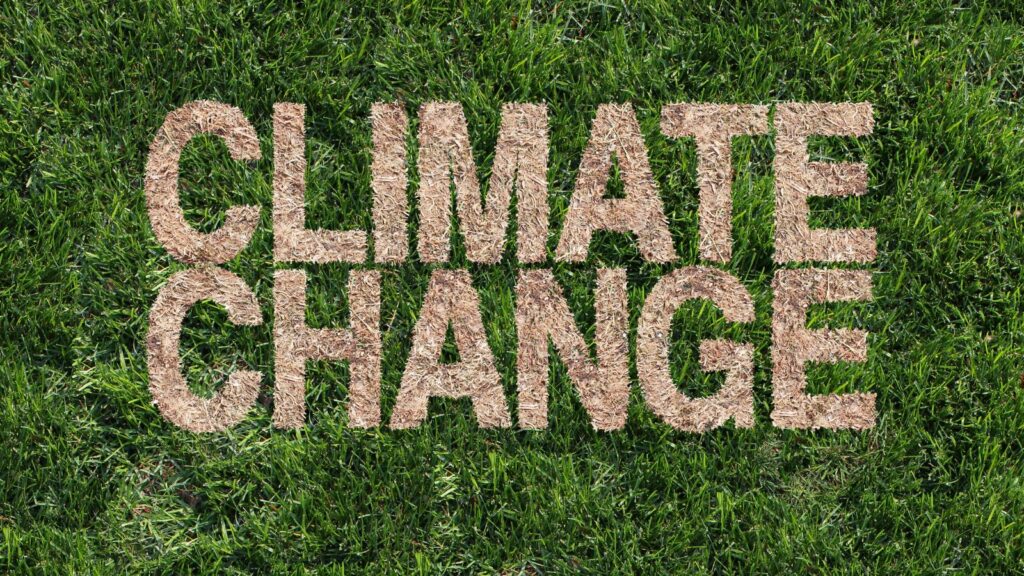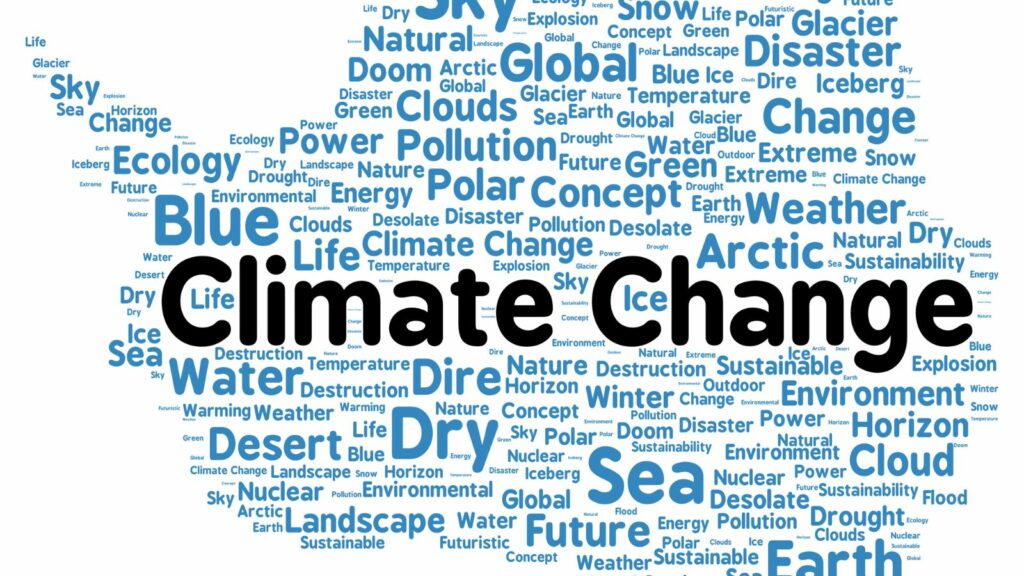In today’s rapidly evolving world, climate change isn’t just a pressing issue—it’s a conversation that demands a clear understanding of its terminology. As discussions around global warming and environmental policies become more prevalent, knowing the right vocabulary is crucial for effective communication. From “carbon footprint” to “greenhouse gases,” these terms shape our understanding of the challenges and solutions related to our planet’s future.
Climate Change Vocabulary
Climate change vocabulary plays a crucial role in discussions about the environment.

Key terms help articulate complex
issues and promote effective communication.
Greenhouse Gases
Greenhouse gases (GHGs) trap heat in the atmosphere. This group includes carbon dioxide (CO2), methane (CH4), and nitrous oxide (N2O). Each gas contributes differently to the greenhouse effect.
Carbon Footprint
A carbon footprint represents the total greenhouse gas emissions caused by an individual, organization, event, or product. Calculating carbon footprints helps identify emission sources.
Renewable Energy
Renewable energy comes from natural sources that replenish quickly. Examples include solar, wind, and hydroelectric power. It’s vital for reducing fossil fuel reliance.
Climate Mitigation
Climate mitigation involves reducing or preventing the emission of GHGs. Strategies include transitioning to renewable energy and enhancing energy efficiency.
Adaptation Strategies
Adaptation strategies focus on adjusting practices, systems, or policies to minimize climate change impacts. Examples involve building flood defenses and developing drought-resistant crops.
Global Warming
Global warming refers to the Earth’s long-term temperature increase. This phenomenon is primarily attributed to human activities, such as burning fossil fuels.
Ecosystem Resilience
Ecosystem resilience describes an ecosystem’s capacity to recover from disturbances while maintaining function. Nature-based solutions can bolster this resilience.
Carbon Sequestration
Carbon sequestration involves capturing and storing atmospheric CO2. Techniques include reforestation and soil management, which help mitigate global warming.
Understanding these terms empowers individuals to engage in informed discussions, fostering solutions for climate change.
Key Terms in Climate Science
Comprehending specific climate science vocabulary is crucial for engaging in meaningful environmental discussions. These terms frame the ongoing dialogue on climate change and guide policy decisions.
Global Warming

Global warming signifies a long-term rise in Earth’s average surface temperature due to increased concentrations of greenhouse gases. Human activities, like burning fossil fuels and deforestation, primarily drive this phenomenon. This warming trend impacts weather patterns, sea levels, and ecosystems globally, necessitating urgent mitigation strategies.
Greenhouse Gases
Greenhouse gases (GHGs) trap heat in the atmosphere, leading to the greenhouse effect. Key GHGs include carbon dioxide (CO2), methane (CH4), and nitrous oxide (N2O). Each gas has a different heat-trapping capability and atmospheric lifespan. CO2, often released from burning fossil fuels, contributes the most to climate change. Understanding GHGs helps in creating strategies to reduce their emissions.
Carbon Footprint
A carbon footprint measures the total greenhouse gas emissions produced directly or indirectly by an individual, organization, event, or product. It’s expressed in terms of CO2 equivalents to assess environmental impact. By evaluating carbon footprints, people can identify emission sources and adopt practices to lower their environmental effects, such as using renewable energy or reducing waste.
Importance of Accurate Terminology
Precise climate change vocabulary enhances communication and understanding. Inaccurate terms can lead to misunderstandings, affecting decision-making and policy formulation.
Impact on Public Understanding

Accurate terminology improves public comprehension of climate issues. Terms like “carbon footprint” and “renewable energy” help individuals understand their role in environmental impact. Misinterpreted vocabulary, such as confusing “global warming” with “climate change,” can skew public perception. Clear definitions ensure consistent messaging about climate challenges.
Role in Policy Making
Policy decisions rely on clear climate terminology to set goals and strategize. Terms like “carbon neutral” and “carbon negative” guide environmental objectives. Vague language may result in ineffective policies. Precise vocabulary aids in crafting legislation that addresses specific climate problems.
Important Terms
Understanding climate change vocabulary is vital for effective communication and informed decision-making. By mastering these terms, individuals can engage meaningfully in discussions and contribute to solutions for climate challenges. Clear and precise language not only enhances public comprehension but also guides policy formulation and environmental strategies. Misinterpretations and vague terminology can hinder progress, making it imperative to use accurate language.

